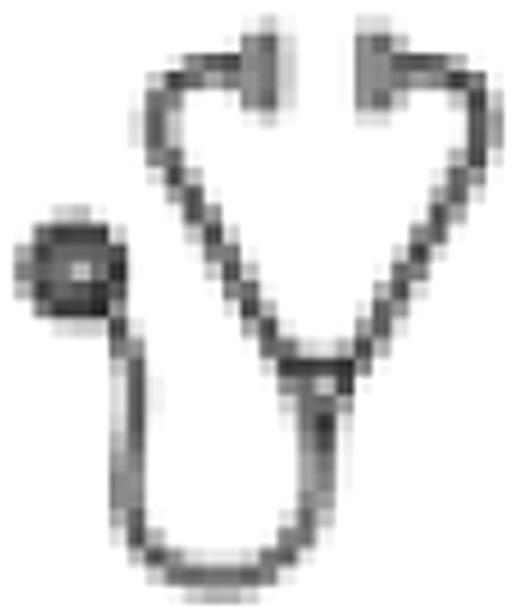Abstract
Arsenicals represent one group of the oldest drugs used in both traditional Chinese medicine (TCM) and Western medicine since 2,000 years ago to treat a variety of ailments from periodic fever to cancer. Recently, this ancient remedy has been revived due to its remarkable therapeutic efficacy for acute promyelocytic leukemia (APL) through selective degradation of the leukemogenic PML-RARaƒn as well as the wild-type PML protein. However, the precise molecular mechanism leading to arsenic-initiated modulationƒn of the target proteins remained unclear. Here we show that arsenic directly binds to PML and PML-RARaƒn through their RBCC (RING-B box-coiled coil) domain which contains conserved cysteine/histidine residues with metal-binding ability. Among RBCC domain, the RING and B2 motif are responsible for arsenic binding in cells, with recombinant RING motif showing the highest affinity to arsenic binding in vitro. We also observed that arsenic tends to coordinate with three sulfur atoms from the three conserved cysteines in the RING zinc finger. Arsenic binding alters the native structure of RING coordinated with zinc and induces its oligomerization through arsenic-mediated conformational change by intramolecular coordination as well as cross-linking between two RING motifs. Following conformational change and oligomerization of PML RBCC with arsenic binding, PML and PML-RARa undergoes SUMOylation through enhanced interaction with Ubc9, the E2 ligase for SUMOylation. Our findings provide the evidence that the PML RBCC domain is the direct target of arsenic and that the structural change of PML RBCC induced by arsenic binding facilitates the enhanced interaction with the cellular enzymatic machinery for protein SUMOylation/ubiquitination, which ultimately leads to the degradation of PML-RARa and cell differentiation and/or apoptosis. This mechanism sheds new insights into the mechanism of action of As2O3 for APL treatment, a model of targeted cancer therapy.
No relevant conflicts of interest to declare.

This icon denotes an abstract that is clinically relevant.
Author notes
Asterisk with author names denotes non-ASH members.

This feature is available to Subscribers Only
Sign In or Create an Account Close Modal